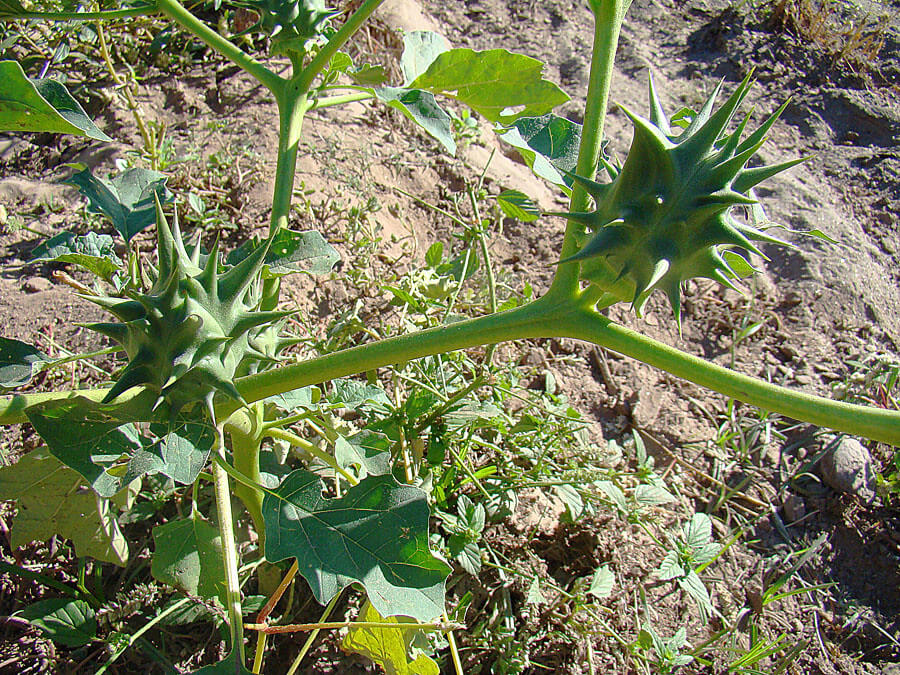Australian Plant Census (2011) available at: Vascular Plants APNI (biodiversity.org.au)
AVH (2021). The Australasian Virtual Herbarium, Council of Heads of Australasian Herbaria. Available at: Home - AVH (chah.org.au)
Cotton Catchment Communities CRC (2007). Weed Identification and Information Guide.
GRIN (2008). USDA, ARS, National Genetic Resources Program, Germplasm Resources Information Network - [Online Database]. National Germplasm Resources Laboratory, Beltsville, Maryland. Available at: USDA-ARS Germplasm Resources Information Network (GRIN) (ars-grin.gov)
Haegi, L. (1976). Taxonomic account of Datura L. (Solanaceae) in Australia with a note on Brugmansia Pers. Australian Journal of Botany 24: 415-35.
Parsons, W.T. & Cuthbertson, E.G. (2001). Noxious Weeds of Australia. Inkata Press, Melbourne and Sydney. Second Edition.
Purdie R.W., Symon D.E. & Haegi L. (1982). Solanaceae in George, A.S. (Ed), Flora of Australia Volume 29-Solanaceae. Australian Government Publishing Service, Canberra.
Smith, R.A. (1998). Fierce or Longspine Thornapple. Agnote No. F41. Department of Natural Resources, Environment and the Arts Northern Territory.
Stanley, T.D. & Ross, E.M. (1986). Flora of South-eastern Queensland, Volume 2. Department of Primary Industries, Brisbane.
Symon, D.E. & Haegi, L. (1991). Datura (Solanaceae) is a new world genus. In J.G. Hawkes, R.N. Lester, M. Nee & N. Estrada-R. (Eds), Solanaceae III: Taxonomy, Chemistry, Evolution. Royal Botanic Gardens Kew, UK.
CABI Invasive Species Compendium, Datasheet for Datura ferox. Available at: Datura ferox (fierce thornapple) | CABI Compendium (cabidigitallibrary.org)
WA Department of Primary Industries and Regional Development (2021). Thornapple: pest. Available at: Thornapple: pest | Agriculture and Food































